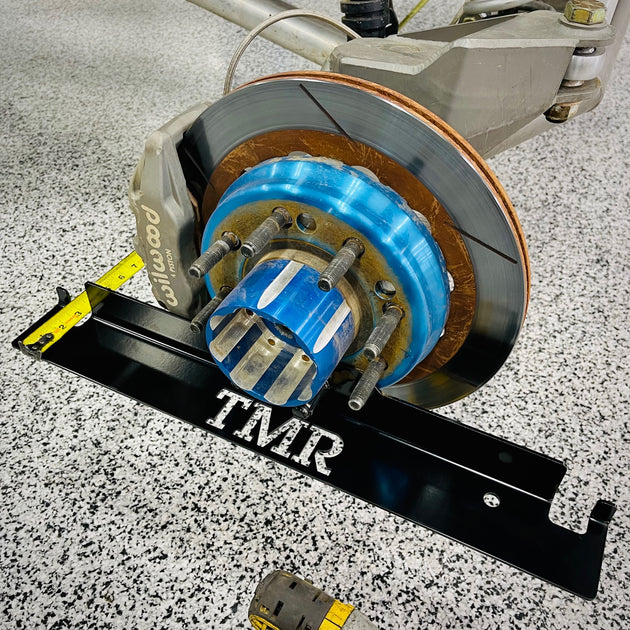RunningProblem
Well-known member
- Joined
- Sep 12, 2020
- Member Number
- 2860
- Messages
- 2,448
Can someone tell me in GREAET detail how I could set (ball park) the toe for a front axle I plan to swap into a vehicle in the near future? It is a Dana 60 (Kingpin if it matters) and all I've see is people measuring the front axle and setting it 3/16-1/4" in. I don't really understand any of this or how people are measuring the length a tie rod needs to be without having the axle under the vehicle or tires on it.
Do I just put a straight edge on each side of the axle and measure the width at the front and back?
When people say 1/4" toe in is that total, or 1/4" on each side?
I'm using the Ruffstuff 1 ton cross over steering kit. Just wondering how much of the tie rod needs to be threaded in to the bung, and if there is any sort of benefit of leaving most of the threaded portion out of the tie rod. My instinct would be to have it about halfway in or as much as possible.
Do I just put a straight edge on each side of the axle and measure the width at the front and back?
When people say 1/4" toe in is that total, or 1/4" on each side?
I'm using the Ruffstuff 1 ton cross over steering kit. Just wondering how much of the tie rod needs to be threaded in to the bung, and if there is any sort of benefit of leaving most of the threaded portion out of the tie rod. My instinct would be to have it about halfway in or as much as possible.




